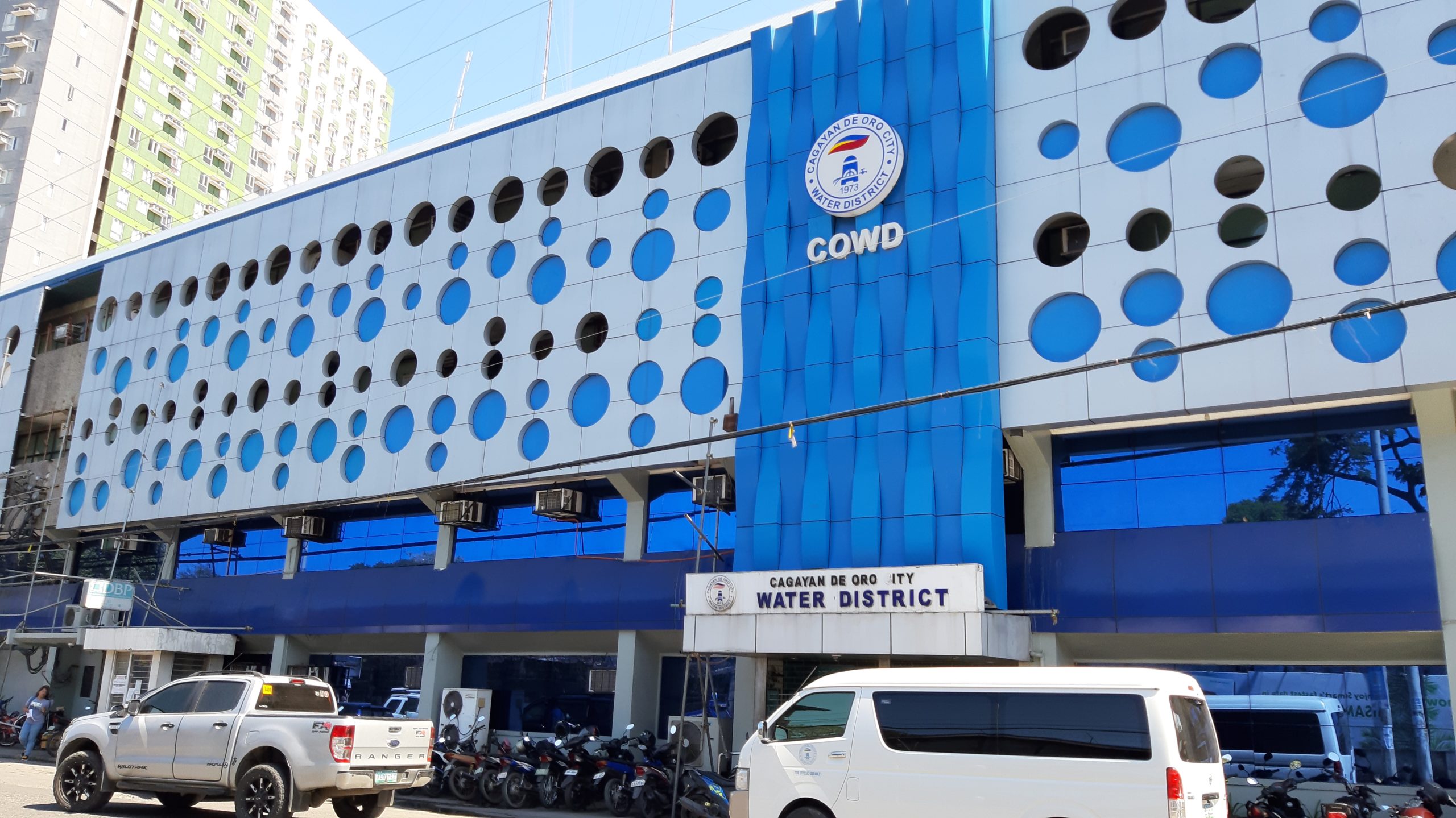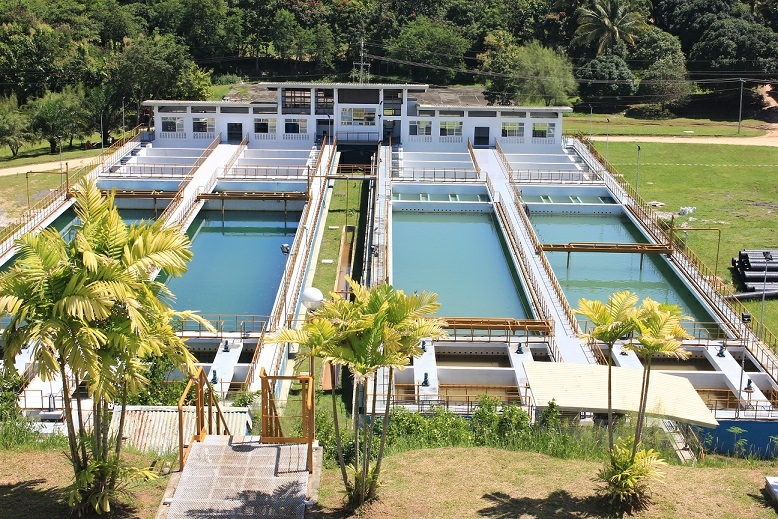By Ferdinandh Cabrera
SOUTH Upi, Maguindanao–Teduray farmers in remote villages here expressed fears they may experience starvation if the drought that has plagued their communities here continues for another month.
The drought has taken its toll on the indigenous peoples who rely on agriculture for food and income.
Their surroundings have turned brown and arid as it has not rained the past two months.
Tribal leaders said the villages have suffered food shortage.
A mother of a 19-year-old Teduday woman in Barangay Kuya, said her daughter became depressed thinking about their situation.
She said she had to tie her daughter to a pole at a neighbor’s house after she allegedly set on fire three houses, including theirs.
“She has not taken meals due to lack of it and one day last week, maybe out of frustration, set on fire our neighbor’s house,” the mother recounted sobbing.
Carmelita Mabologon, a village tribal official, said the woman would become difficult to restrain whenever she went hungry.
“Sometimes neighbors gave her food but when we could not offer anything, she would become uncontrollable,” she said.
As Mabologon was telling the story, a two-year old brother of the 19-year old woman was seen crawling inside a hut eating leftover coconut. He ate fast as if afraid that someone would take it from him.
“My husband is still looking for vegetables near the river that we will match with the coco milk and few tamban dried fish,” his mother said.
In a nearby hut where her family stayed after her home was razed, her other children were preparing yellow corn instead of rice.
“Yellow corn variety is for chicken, sometimes additives for animal feeds. Now we eat it in lieu of rice,” the mother said in the vernacular.
In what used to be a communal water source nearby, the villagers pointed to an open well that had dried up.
A creek nearby has turned into open field of stones without water.
The mother of the 19-year old woman said she and her village mates have shifted to droughtesistant crops. At the same time, they were searching for “kayos” (wild yam) as alternate food, although she admitted it was poisonous.
Around the village, almost nothing could be harvested from the corn and palay fields.
“Failure,” rice farmer Joven Padilla declared.
“Failure” is the term used by farmers if the amount of harvest is way below the amount of inputs.
A hectare of rice field produces 90 to 100 sacks but with the current situation, it would be good enough if they could get 10 sacks of palay, Padilla said.
“We have not tasted rain the past two months, I don’t think anything can be salvaged here,” he said.
Most worrisome, according to a woman farmer who asked not to be named, is how they could pay the input costs.
“We have loaned the fertilizer and seedlings, how can we pay back?” she said in Filipino.
Conchita Quinlat, Teduray-Lambangian civil society representative, said that like in any other community here water is scarce.
She described the situation as a famine in the making.
In a gathering of tribal leaders, Datu Jovito Martin suggested to ask the national government to give assistance to mitigate the suffering of the residents.
The humanitarian arm of the Autonomous Region in Muslim Mindanao has called for an emergency meeting for a relief and food assistance mission to South Upi. (ferdinandh cabrera)
Disclaimer
Mindanao Gold Star Daily holds the copyrights of all articles and photos in perpetuity. Any unauthorized reproduction in any platform, electronic and hardcopy, shall be liable for copyright infringement under the Intellectual Property Rights Law of the Philippines.









